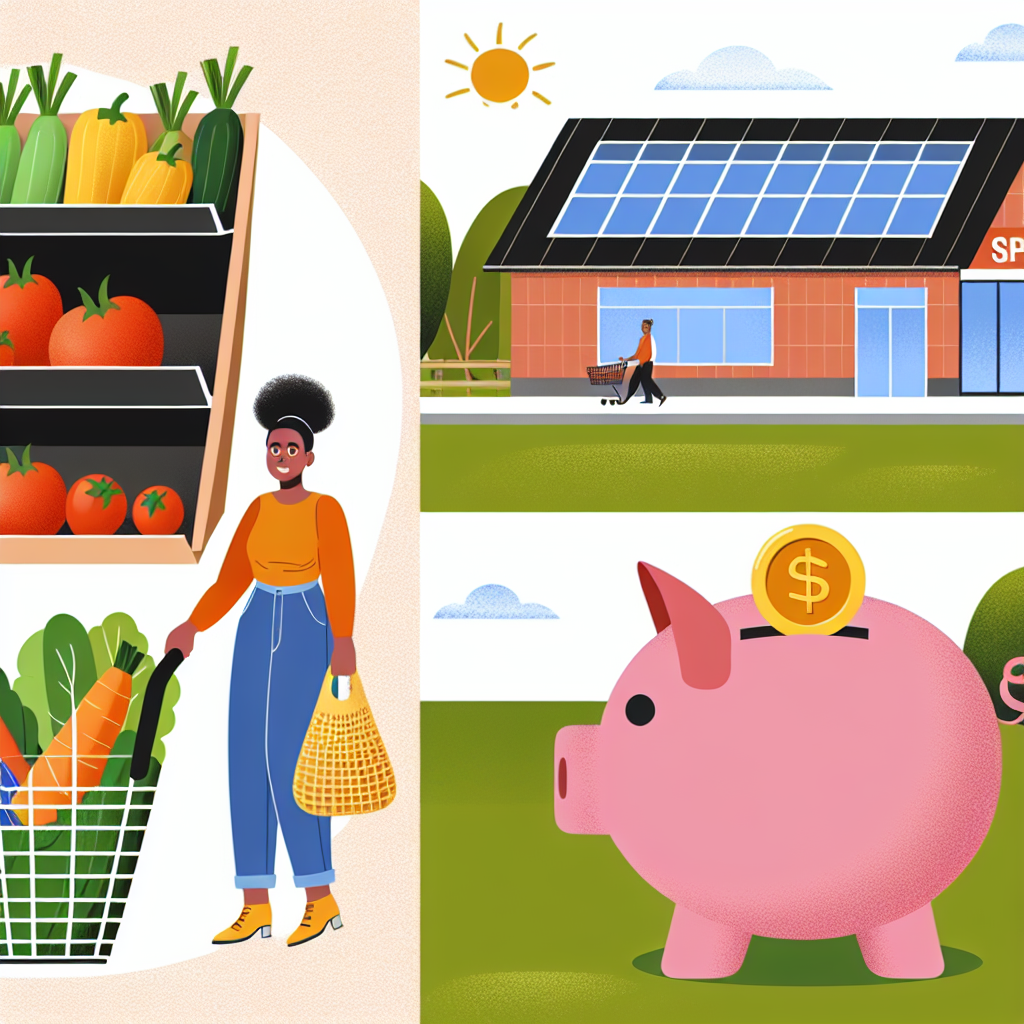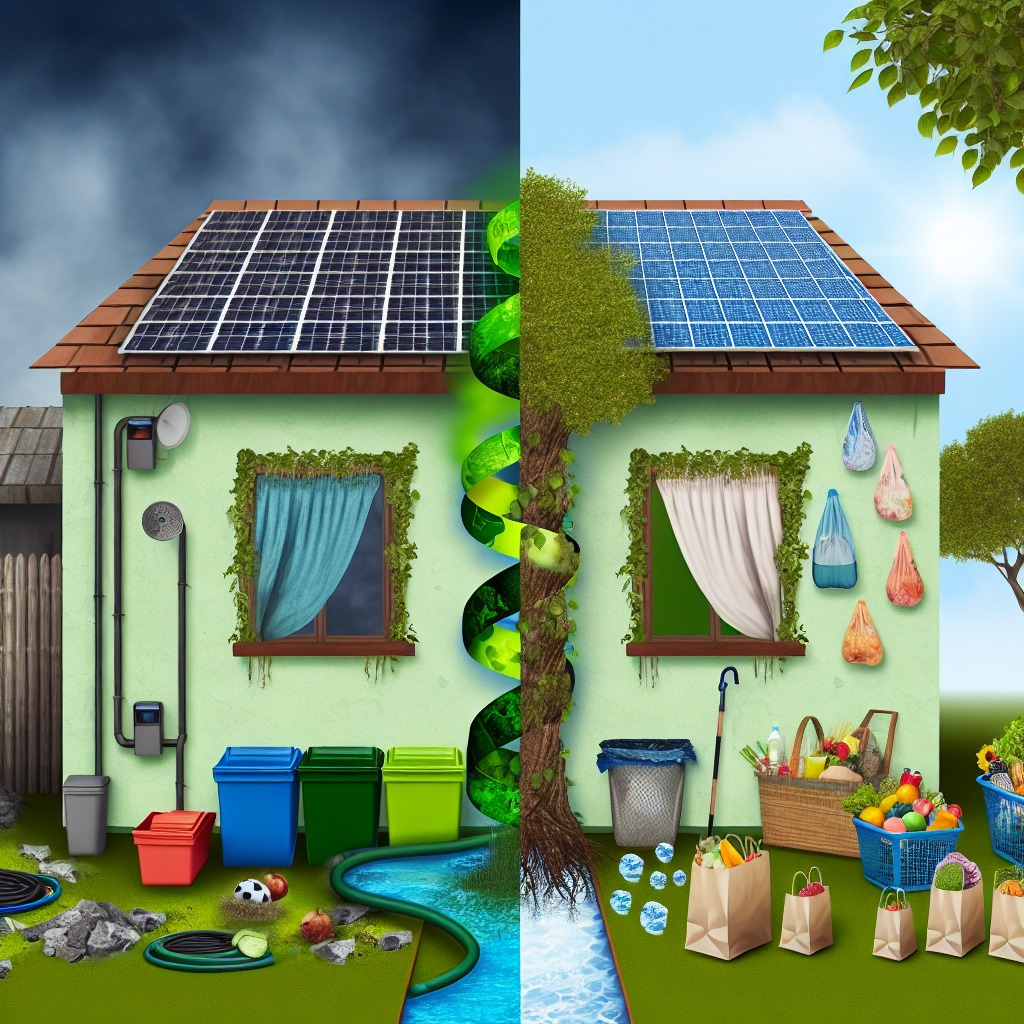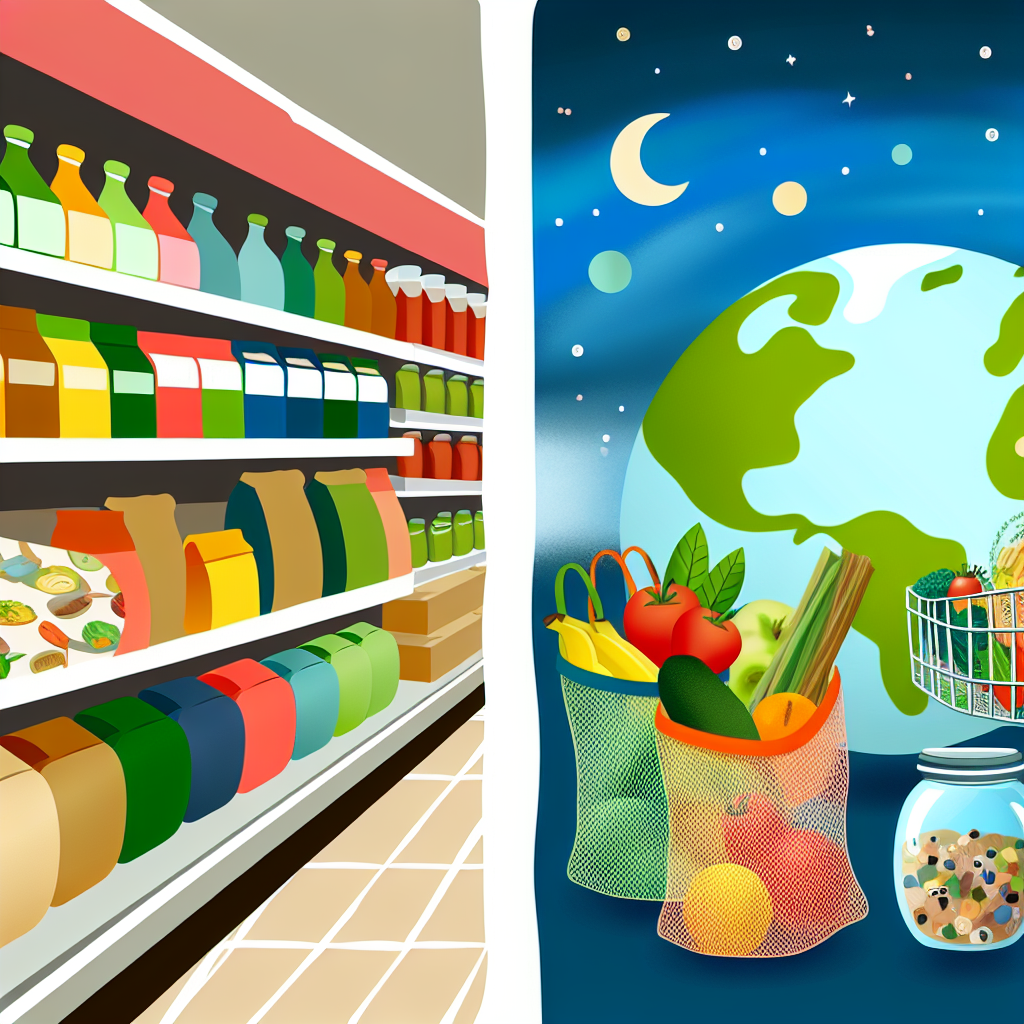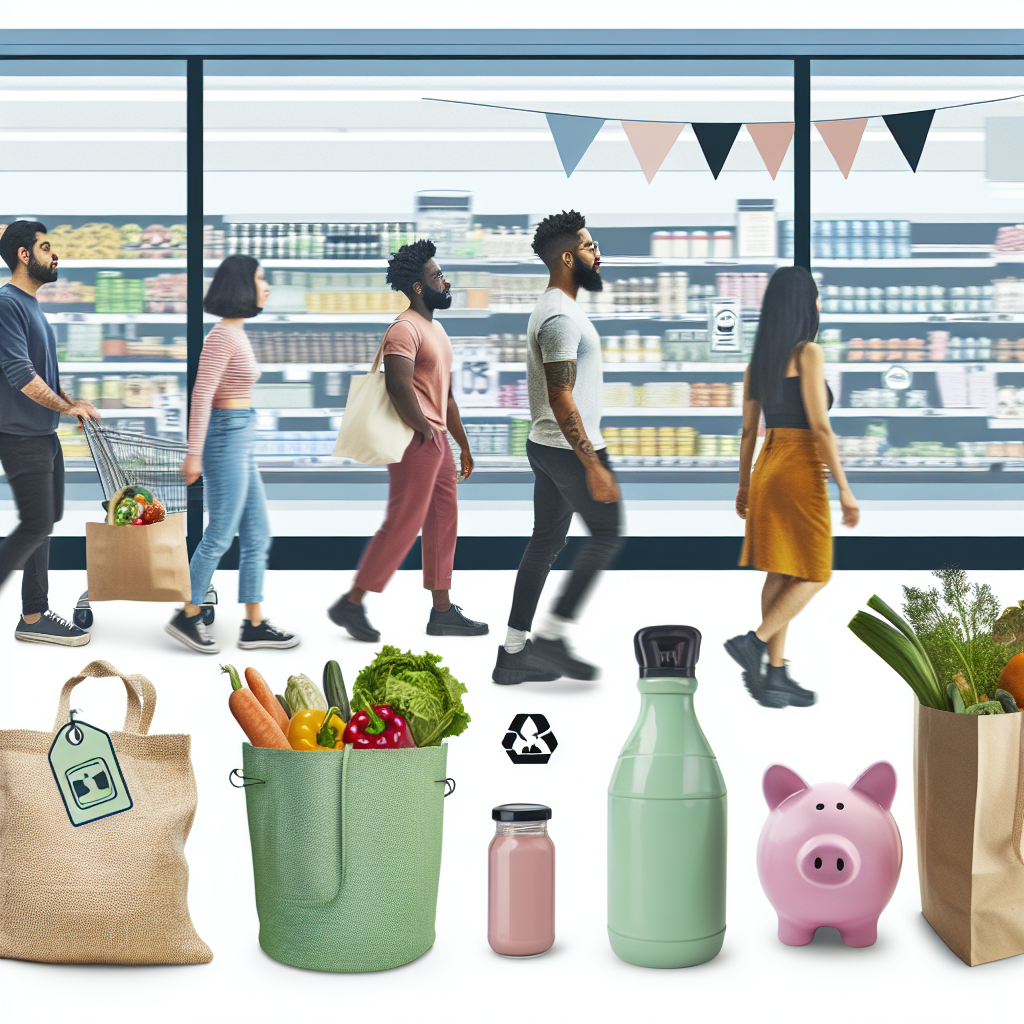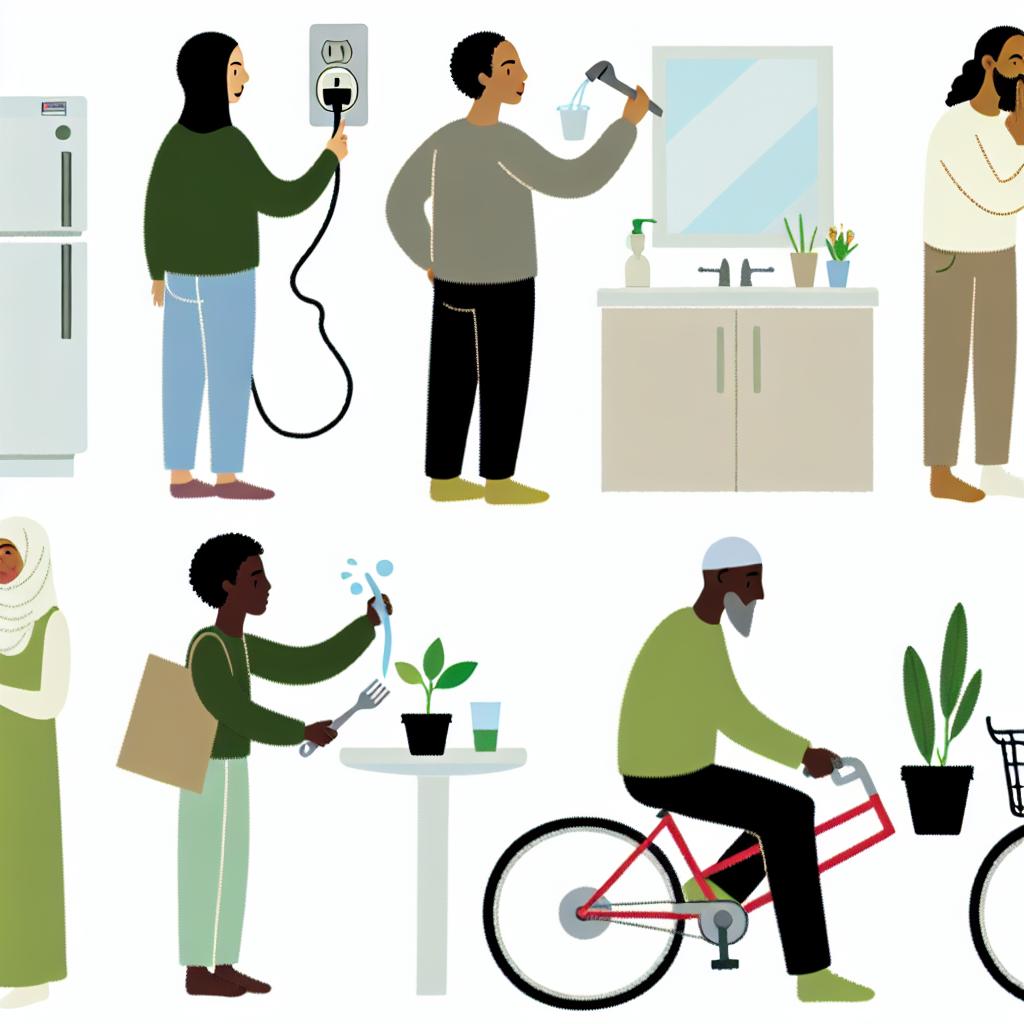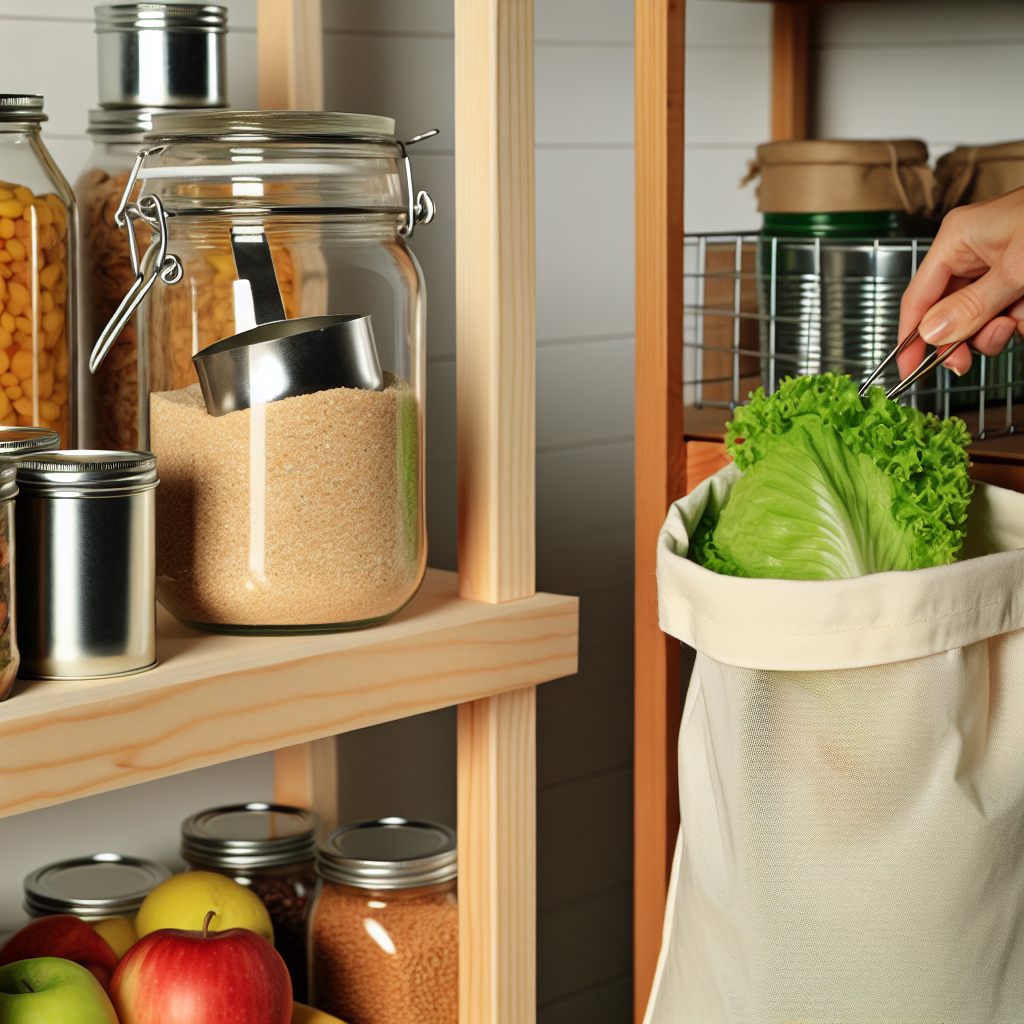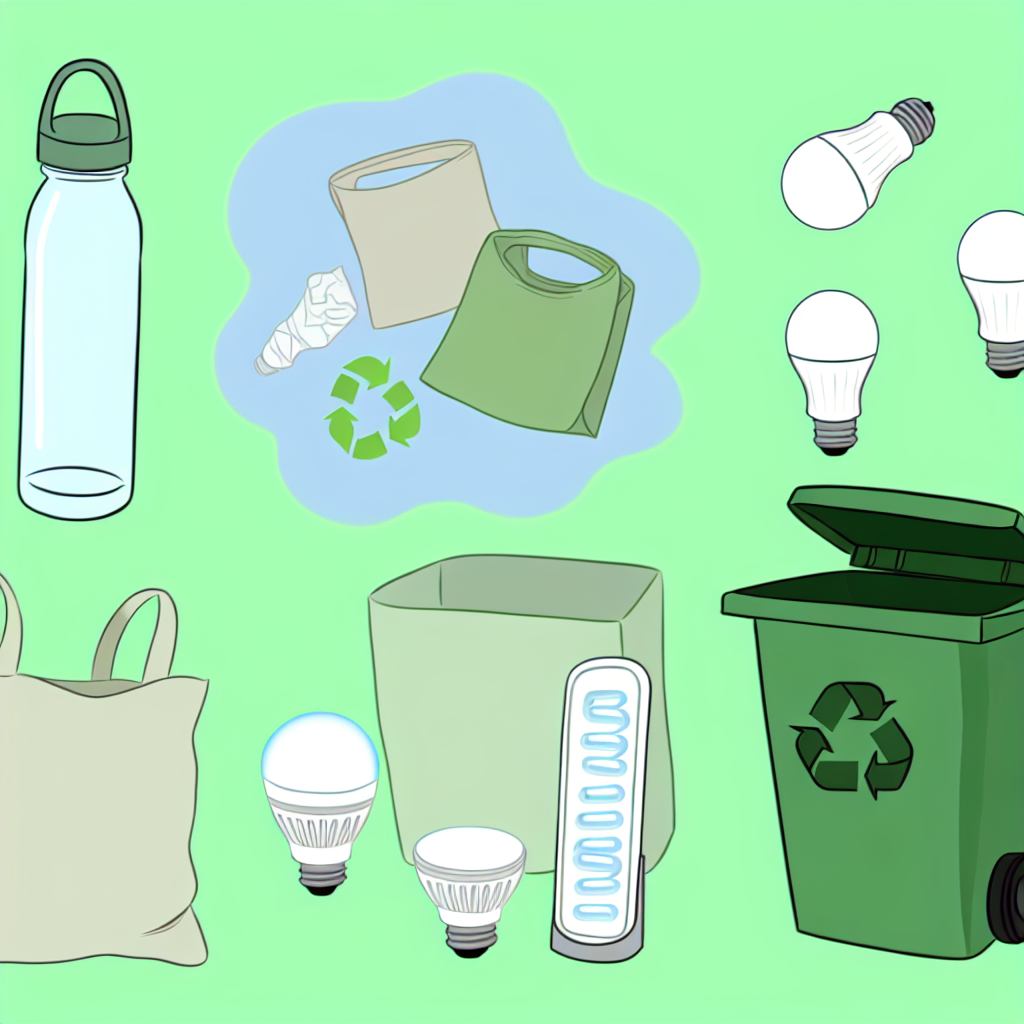10 Genius Ways to Save Money on Groceries and Help the Planet
Introduction
Hey, Frugal Zeitgeist friends! Have you noticed your grocery bills getting bigger lately? You’re not the only one. Food prices are climbing higher, and everyone is talking about it. But don’t worry! We have a plan that will help you spend less and take care of the Earth at the same time. That’s right—you can save money and be eco-friendly. So get ready for some awesome tips that will make your wallet and the planet happy!
Section 1: Planning and Preparation
Create a Weekly Meal Plan
No more “What’s for dinner?” problems that lead to pizza deliveries. A weekly meal plan is your helper that stops dinner disasters and cuts down on waste. The secret? Use seasonal and local produce. It saves you money and makes your meals tasty and fresh!
Make a Comprehensive Grocery List
Put on your list-making hat. This isn’t just a simple list with “eggs, milk, bread.” It’s your plan for saving money and avoiding impulse buys—like those neon gummies you want but don’t need. Use tools and apps to make list-making easy. Bonus: They help track your spending, so you can see how much you save!
Set a Monthly Grocery Budget
Now, let’s get serious. Set a monthly grocery budget. This helps you spend wisely but in a good way! Figure out what your family needs and watch your budget closely. With practice, you’ll save extra cash for a treat like a chocolate bar!
Section 2: Smart Shopping Strategies
Buy in Bulk
Buying in bulk is the cool new thing. It means fewer trips to the store, more savings, and less waste from packaging. Stock up on pantry staples like grains and beans, and your kitchen and the Earth will thank you.
Choose Plant-Based Proteins
Join the plant-based party! Lots of people are eating healthier, saving money, and helping the planet by choosing plant-based proteins. Lentils, chickpeas, and tofu are healthy, budget-friendly, and delicious!
Opt for Store Brands
It’s time to try store brands. Why spend more on fancy labels when store brands are usually cheaper and sometimes sustainably sourced? They often taste just as good!
Section 3: Reducing Waste
Use the Entire Product
Be creative and use the whole vegetable, from root to tip. Ever had broccoli stalk soup or carrot top pesto? Try them out and watch food waste—and your grocery bill—shrink.
Practice Proper Storage Techniques
Learn the best ways to store food. Good storage helps food stay fresh longer. Use reusable bags and containers instead of plastic. Your food will last, and you’ll help the Earth too!
Compost at Home
Is kitchen waste trash or treasure? It’s treasure! Start a compost bin. Throw in peelings, and you’ll get rich soil for your garden. It reduces waste and helps your plants grow stronger!
Section 4: Leveraging Resources and Technology
Take Advantage of Discounts and Coupons
No more clipping newspapers for coupons. Use coupon and cashback apps online! Look for offers before shopping so you can save without hurting the planet. You’ll love finding those extra savings!
Join a Community Garden or Co-op
Become a gardening pro with a community garden or food co-op. They offer low-cost, fresh produce and embrace sustainable practices. Your meals will be better, and you’ll support local communities. You’re an eco-hero!
Attend Farmers’ Markets
Farmers’ markets are like hidden treasures. Meet the people who grow your food, buy sustainably, and find great deals—especially at the end of the day. Your wallet and the environment will thank you.
Conclusion
And that’s it, Frugal Zeitgeist friends! Now you know how to cut down on your grocery bill while eating sustainably. From meal planning to community gardening, these tips lead to financial freedom and a greener future. Use these smart ideas and share them with your eco-friendly buddies. Together, we can create a budget-wise and sustainable future. High fives all around!
Additional Resources
- To plan sustainable meals, try apps like Mealime or Paprika.
- Want to learn more about sustainable eating? Visit The Ethical Consumer Guide.
- To find local farmers’ markets and co-ops, head to Local Harvest.
Stay smart, frugal, and fabulous! 🎉
